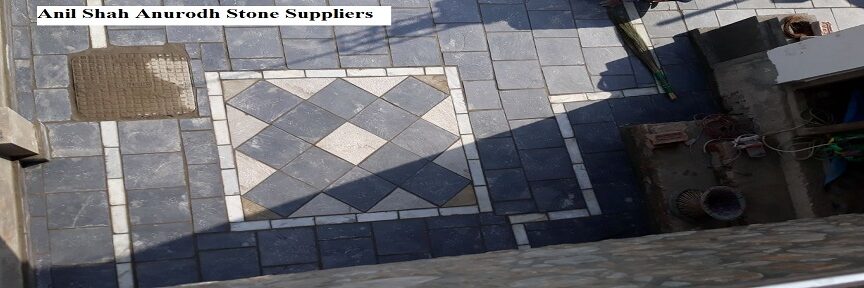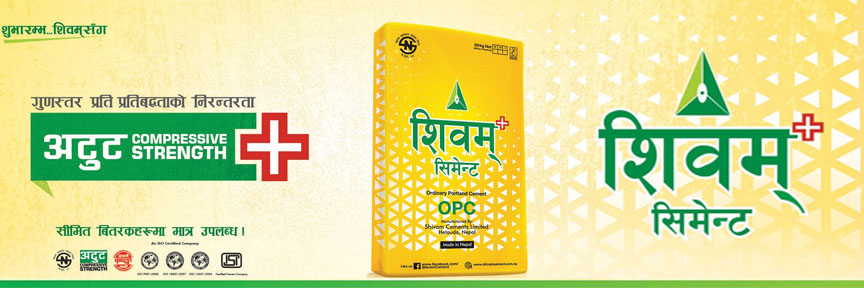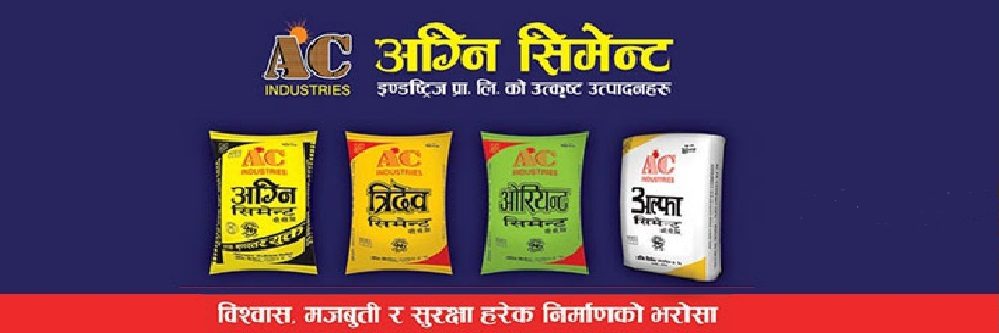Lead Mixed in Paint in Harmful Manner
Kathmandu, March 20: Two years ago, Indrajeet Mandan, 49, who worked as a painter, suddenly passed out while painting the walls of a house at Bouddha, Kathmandu. His friends immediately rushed him to the Tribhuvan University Teaching Hospital (TUTH).

The doctors at the hospital suggested to Indrajeet to take some rest from his painting job. “The doctors there advised to take a rest and warned that I would have to visit the hospital if I continued my work as a painter,” he says. It was only then that Indrajeet acknowledged the risk his working as a painter entailed. “I have been working as a painter for the last seventeen years. But it is only after it took a heavy toll on my health that I now understand that working as a painter has an adverse effect on health,” shares Mandan.
But the simple understanding does not make things easier for Indrajeet. In the rough and tumble of this world, he has to work hard to earn his livelihood. His lack of education makes things all the more difficult. “I don´t have an academic degree for a white collar job,” says Mandan.
There are many others, who like Indrajeet, are compelled to choose hazardous occupation and suffer from its ill effects. Paints usually contain lead, a chemical element, use of which has been banned in many countries. This element is responsible for adverse health effects.
However, painters are not the only lot exposed to the adverse effects of lead. Children are at a higher risk of lead poisoning as a growing body absorbs more lead than that of an adult. Most commonly, children are exposed to lead through ingestion of lead dust.
“Children are exposed to the ill effects of the chemical element through normal hand to mouth activity,” says Ram Charitra Sah, executive director at the Center for Public Health and Environment Development (CEPHED), a Kathmandu-based NGO.Studies conducted by CEPHED and Leaders Nepal, another NGO, shows that paints manufactured in Nepal and imported from various other countries like India, China, the United States, Malaysia, Taiwan, South Korea, Singapore and Austria contain lead.
According to a study conducted by CEPHED in 2010, of the 24 samples that were tested, 13 were enamel, which contains high level of the highly dangerous chemical element.
A subsequent study in 2011 by CEPHED showed that all the 13 types of enamel, which were tested in the 2010 study, had high concentration of lead. “Most of the paints available in the Nepali market contain more than 90ppm of lead, which is above the internationally accepted standard,” says Sah.
Yellow, blue, orange, red and green paint, which look brighter, contain high amount of lead, according to experts. Schools are also using these colors to look attractive, ignoring their adverse impacts on the health of students.
“Our study conducted in 2012 shows that school children are at a higher risk of lead poisoning,” says Dhiraj Pokhrel, general secretary of Leaders Nepal. “We had taken 50 students from Dharan as our sample and many of them were found to be suffering from the adverse effects of lead,” adds Pokhrel. Pokharel also suggested that the students check their blood at least once a year to make sure that they do not suffer from the ill effects of the harmful chemical element.
Lead is a harmful chemical element, which is added to paint to speed up drying, increase durability, maintain fresh appearance and resist moisture that causes decay. Decorative paints are the main source of lead. These paints mainly used in a wide variety of products, including ceramics, pipes, gasoline, batteries, cosmetic etc.
Lead poisoning causes headaches, irritability, abdominal pain, vomiting, anemia, weight loss, slowed speech development, slowed growth, damage to the circulatory system, reproductive system and gastro-intestinal system etc.
The only way to diagnose lead poisoning is to test blood regularly. “We do not have any instrument to check lead poisoning but this has not slowed the use of paints with high concentration of the harmful chemical element,” says Pokhrel.
The government has been participating in Global Alliance to Eliminate Lead in Paint annually, but the government has not yet shown any commitment to ban the use of paints with high concentration of lead.
“We have held several discussions on the harmful effects of paints with high concentration of lead. But the government is yet to take a decision to ban the use of such paints,” reveals Shankar Poudel of Nepal Bureau of Standards and Metrology.
Why 90 ppm is good for Nepal
Internationally adopted value for lead is 90 ppm (particles per million) and every country has been striving to meet that global standard except for Nepal. Although Nepal participates in the meeting of the Global Alliance to Eliminate Lead in Paint (GAELP) every year, Nepal continues to import foreign-manufactured paints with lead content higher than 1000 ppm.
“Paint industry uses more than 1000 ppm of lead because this makes the paint darker and causes the paint to dry quickly, ” shares Ram Charitra Sah, executive director of the Center for Public Health and Environmental Development (CEPHED). In 2012, Nepal Bureau of Standards & Metrology conducted a study on lead contamination in paints in the Nepali market. For the study 15 paints samples were taken and among them 12 below 90ppm while the remaining samples had over 5000 ppm of lead.
And in 2010, 24 paints samples were tested by CEPHED, and among them 10 had less than 90 ppm of lead and others had more than 73000 ppm of lead. “Our study showed that enamel paints were the major source of lead,” says Sah. And again they conducted another study in 2011 using 27 samples but only 10 samples had less than 90 ppm of lead.
Nepal´s neighboring countries are also striving to implement global standards. China has already implemented it and Indian has recently proposed to limit the lead content in paits at 90 ppm. If Nepal too is able to implement the global standards then this will help boost our paints exports, say experts.
Source: leadersnepal





